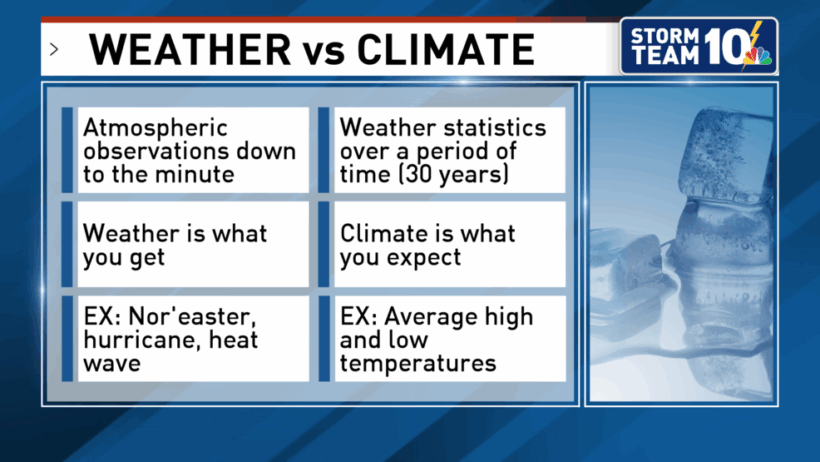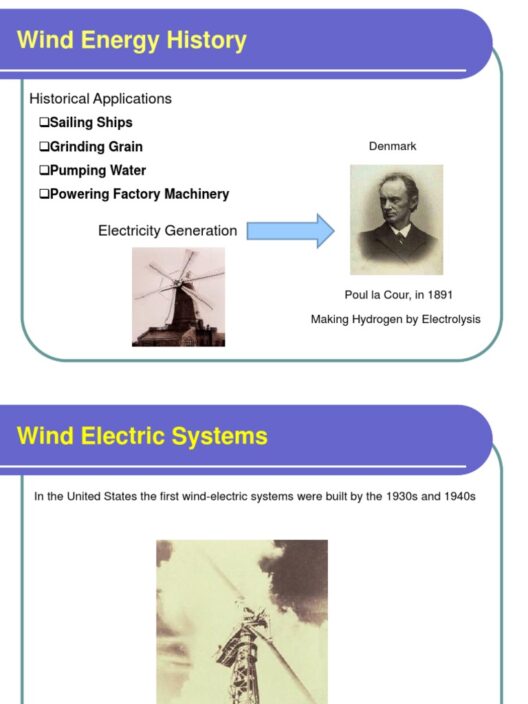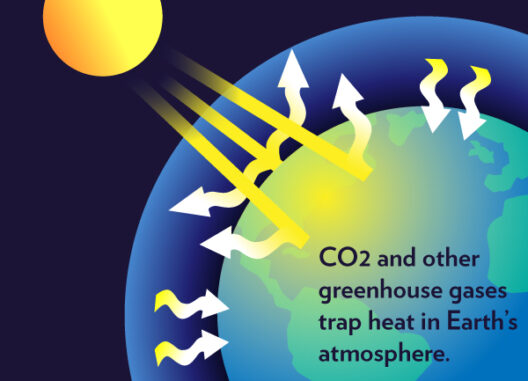The ever-evolving dynamics of our planet give rise to two distinct yet interconnected phenomena: weather and climate. While often used interchangeably in casual conversation, these terms encapsulate fundamentally different concepts. The nuance of these differences is crucial for anyone striving to comprehend environmental science, embrace sustainable practices, or simply engage in informed discussions regarding our planet’s health.
Weather is the day-to-day state of the atmosphere at a particular location. It encompasses elements such as temperature, humidity, precipitation, wind, and visibility, all of which fluctuate frequently. Climate, on the other hand, refers to the long-term patterns and averages of these weather conditions over extended periods, typically 30 years or more. This distinction is paramount—it’s not only about understanding daily conditions but also grasping the broader trends that shape our ecosystem.
To appreciate the intricacies of these definitions, one must delve deeper into the metrics that determine each component. This article will illuminate the characteristics, implications, and societal effects of both weather and climate, enhancing your grasp of these essential environmental concepts.
Understanding the Fundamentals of Weather
Weather manifests through a multitude of atmospheric conditions. It is inherently transient, characterized by abrupt fluctuations driven by numerous factors. Meteorologists employ advanced technology to predict weather changes, utilizing satellite imagery, radar systems, and computer models that assimilate vast amounts of data.
Temperature plays a pivotal role in defining weather; variations can create conditions as mild as a pleasant spring day or as severe as a frigid winter storm. Humidity, measured as a percentage of moisture in the air, directly influences how we perceive temperature. High humidity can render a hot day unbearable, while low humidity can allow cooler temperatures to feel brisk and refreshing.
Precipitation includes various forms of moisture, such as rain, snow, sleet, and hail. Its intensity can vary significantly, from a gentle drizzle to torrential downpours, affecting everything from agriculture to outdoor activities. Additionally, wind speed and direction determine how weather systems move and evolve. Together, these elements create a tapestry of conditions that can change from one moment to the next.
The Social Significance of Weather
Weather is not just a scientific concept; it has profound implications for society. It influences daily life, from clothing choices to travel plans. Agriculturists depend on accurate weather forecasts to optimize crop planting and harvesting. Urban planners consider weather patterns when designing infrastructure capable of withstanding seasonal extremes. Furthermore, extreme weather events, such as hurricanes, tornadoes, and blizzards, can wreak havoc, prompting emergency preparedness and response strategies.
A closer examination reveals the role of weather in shaping cultural practices. For instance, in many communities, local festivals may align with seasonal weather patterns, celebrating spring blooms or autumn harvests. Thus, the very fabric of societal routines often hinges on understanding and responding to our immediate atmospheric conditions.
Deciphering the Depths of Climate
In contrast to weather, climate embodies long-term averages and trends. The climate of a region is determined by geographic factors, such as latitude, altitude, and proximity to bodies of water. For example, tropical regions are characterized by consistent warmth and abundant rainfall, while polar regions endure extreme cold and minimal precipitation.
Climate classification systems, such as the Köppen climate classification, categorize regions based on temperature and precipitation patterns. These classifications help scientists and researchers comprehend historical climatic shifts and predict future changes.
Longitudinal climate studies reveal changes over decades and centuries, shedding light on phenomena such as global warming and climate change. Such research indicates rising global temperatures, shrinking ice caps, and shifting weather patterns, which have extensive environmental repercussions.
The Societal Impact of Climate
The implications of climate extend beyond mere statistics; they permeate global discourse on environmental sustainability and policy. The understanding that climate change can result in devastating consequences, such as rising sea levels, altered ecosystems, and intensified natural disasters, has spurred international initiatives aimed at reducing carbon emissions and promoting renewable energy.
Furthermore, shifts in climate can exacerbate social inequalities. Developing nations often bear the brunt of climate-related disasters despite contributing minimally to greenhouse gas emissions. Vulnerable communities face food insecurity, water scarcity, and health crises—all exacerbated by a changing climate. Thus, the importance of climate literacy cannot be overstated; it is fundamental for advocating for those whose voices are often overlooked in global discussions.
The Interconnectedness of Weather and Climate
Understanding the relationship between weather and climate is essential for fully grasping our environment. While weather can be perceived as the “heartbeat” of the atmosphere—vital signs of its immediate state—climate acts as the “body,” the aggregate health of the planet represented through years of atmospheric data.
For instance, an unusually warm winter may represent an anomaly in weather patterns, but if such conditions persist over several years, they could signal a significant climate shift. Conversely, it is important to recognize that weather phenomena do not exist in isolation; they are shaped by and contribute to climatic systems.
In conclusion, the distinction between weather and climate is critical. Weather affects our daily choices and immediate environments, while climate influences long-term trends that shape our planet’s future. Both have profound societal impacts, from agriculture to urban planning, and require informed awareness and proactive measures to address their challenges.
As we navigate through an era marked by rapid environmental changes, understanding the complex interplay between weather and climate is imperative for advocating for sustainability and ensuring a resilient future for generations to come.








